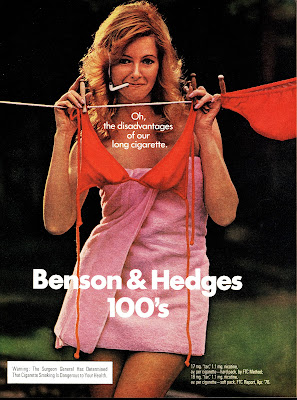'Social Fiction' by Chantal Montellier
New York Review Comics, July 2023
So, coincident with the demise of Heavy Metal magazine, we get the publication of some of the more memorable comics to be serialized in that magazine in the late 70s.Chantal Montellier (b. 1947) is a French artist who began contributing to bandes dessinees in 1978 with the comic '1996' for Metal Hurlant. A year later, Heavy Metal began publishing the English translation.
'Social Fiction' (191 pp.) provides English translations of the complete '1996', as well as two other stories Montellier did for Metal Hurlant in the early 1980s, 'Wonder City' and 'Shelter'.
'Social Fiction' is published by New York Review Comics, an imprint of the New York Review of Books, so it's being marketed to those with a Highbrow pedigree, as opposed to aging Baby Boomers and Stoners like myself. The dimensions of 'Social Fiction' are 7 x 9 inches, which I consider too small to do justice to the artwork and gives many of the panels a cramped appearance which makes the text difficult to read:
While 'Wonder City' is printed with a garish pink tone, 'Shelter' and '1996' stay with reassuring black-and-white.
In his Translator's Note, Geoffrey Brock makes clear something that I always had suspected; namely, that Heavy Metal editors Sean Kelly and Valerie Marchant took some of the '1996' episodes and replaced the French text with contrived, phonetic English, presumably in an effort to show how hip they were. In 'Social Fiction', all the '1996' entries thankfully are given a straight English translation:Despite being reproduced in a smaller dimension, '1996' retains its impact as an offbeat, darkly humorous take on society.'Wonder City' and 'Shelter' also are interesting reads, melding the satirical attitude of '1996' with a nihilistic, pro-feminist political advocacy.Who will want a copy of 'Social Fiction' ? Well, if you are a fan of Heavy Metal and its early years then you'll likely find the book provides an easy, nostalgic trip back to that era, when '1996' was an effective contrast to the T & A sensibility that governed much of the magazine's content. I'm not so sure of its appeal to younger readers, as its satire is grounded very much in dissecting European / American society as it was more than 40 years ago. Indie comics hipsters may find the book interesting as a vehicle for enhancing their hipness, but they should take this path with the understanding that 'Social Fiction' is very.... French.






%20-%20Page%2080.jpg)







































































